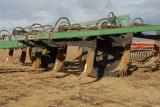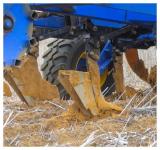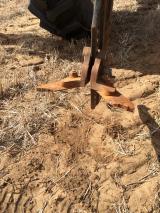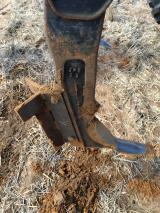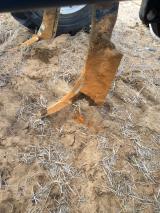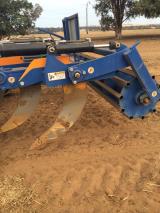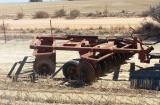Efficacy and cost of incorporating lime
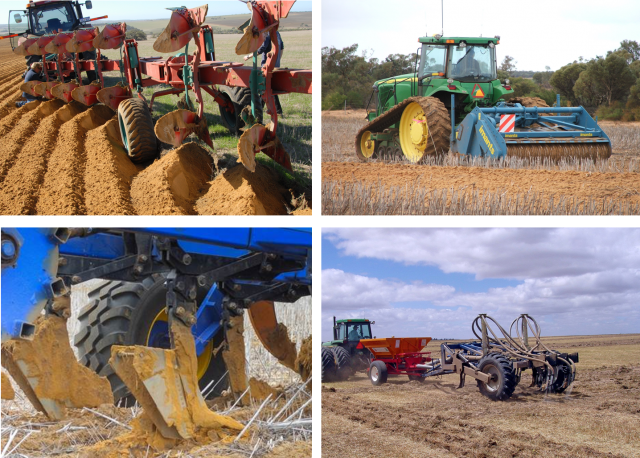
There are a range of options available to incorporate lime to depth. It's important to carefully consider the applicability of different options in different circumstances
The efficacy with which various implements can incorporate surface applied lime depends on numerous factors including:
- Soil type, in particular clay content, which can affect the cohesion, fracturing and flow of the soil.
- Soil moisture conditions - in sandplain soils moisture can help the sand maintain its form (greater cohesion) allowing slots to remain open for longer but may reduce fracturing and soil flow. Wetter soils are softer so this can improve the penetration of soil by implements and reduce draft. Dry surface sand flows easier when worked (less cohesion) which can be an advantage for moving limed topsoil behind soil openers. Optimal movement probably occurs when there is some subsoil moisture but the limed topsoil is dry and can readily flow into the fractured subsoil.
- Implement type - variations between machinery brands such as width of tines, curved or laid-back tines which may promote a lifting (delving) action; curvature (dish depth) of discs are just some examples.
- Implement set up and use - for disc ploughs and mouldboard ploughs setup greatly influences the incorporation result. Having ploughs more open will increase the work rate and the space between ploughshares available for soil to move but may limit the working depth.
- Speed of operation - higher speeds can result in more soil throw and mixing but may require a shallower working depth.
The table below gives a brief description of various tillage implements, the mixing action of each implement, typical working depth and some supplementary information on the efficacy of lime incorporation. Note that every situation is different and this information is designed to be used simply as a guide when considering options for incorporating lime.

